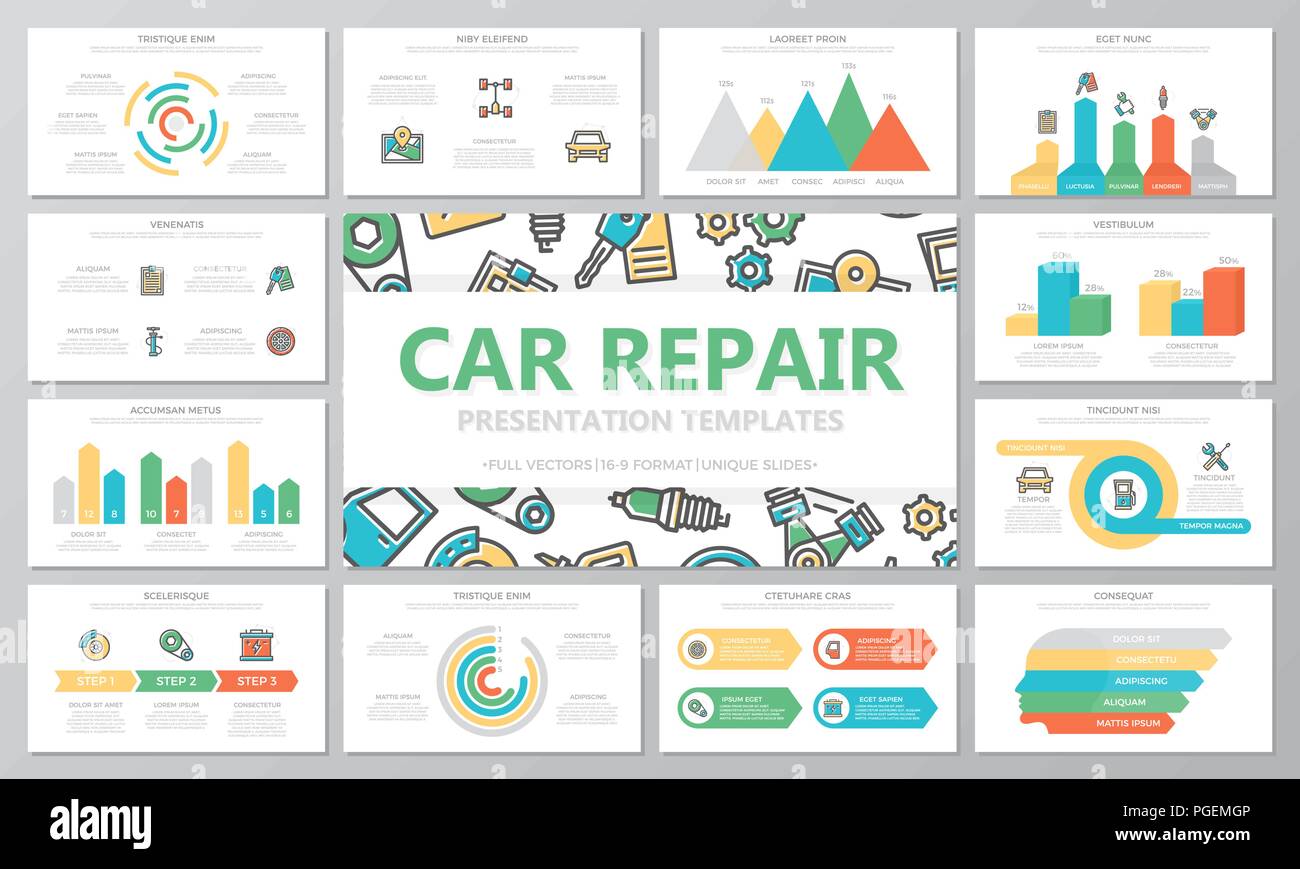Interested In Understanding The Warning Lights On Your Automobile'S Control Panel? Discover Their Significance For Your Lorry'S Security And Total Problem
Interested In Understanding The Warning Lights On Your Automobile'S Control Panel? Discover Their Significance For Your Lorry'S Security And Total Problem
Blog Article
Material Produce By-Hartley Alvarado
When you lag the wheel, those beautiful warning lights on your control panel can be a little bit difficult. Do you understand what they're attempting to tell you regarding your auto's health? Understanding the significance of these lights is important for your safety and the durability of your vehicle. So, the next time one of those lights appears, would not you wish to decode its message precisely and take the essential actions to address it?
Common Warning Lights and Interpretations
Identify typical caution lights in your automobile and recognize their significances to ensure risk-free driving.
The most regular caution lights include the check engine light, which signals issues with the engine or discharges system. If this light begins, it's critical to have your automobile checked without delay.
The oil pressure advising light indicates low oil stress, calling for prompt focus to stop engine damage.
A flashing battery light could suggest a malfunctioning billing system, potentially leaving you stranded otherwise addressed.
The tire pressure tracking system (TPMS) light alerts you to reduced tire pressure, influencing car security and gas performance. Ignoring this might cause hazardous driving problems.
The abdominal light suggests a problem with the anti-lock stopping system, compromising your capacity to quit quickly in emergency situations.
Lastly, the coolant temperature warning light warns of engine getting too hot, which can result in severe damage otherwise solved swiftly.
Comprehending these typical caution lights will assist you resolve problems promptly and preserve risk-free driving conditions.
Significance of Prompt Focus
Recognizing the usual warning lights in your vehicle is only the very first step; the importance of promptly dealing with these warnings can't be stressed sufficient to guarantee your safety and security when traveling.
When a caution light brightens on your dashboard, it's your vehicle's method of connecting a prospective concern that requires attention. Overlooking https://www.wtrf.com/automotive/spend-less-at-the-pump-with-these-fuel-saving-tips/ can lead to more serious problems down the road, compromising your security and possibly costing you much more in repairs.
Motivate interest to advising lights can avoid break downs and mishaps. As an example, a blinking check engine light might show a misfire that, if left neglected, could cause damages to the catalytic converter. Addressing this promptly can conserve you from a pricey fixing.
Likewise, a brake system alerting light could signify reduced brake liquid or used brake pads, critical components for your safety and security when driving.
DIY Troubleshooting Tips
If you discover a warning light on your dashboard, there are a few DIY troubleshooting tips you can try prior to looking for expert aid.
The primary step is to consult your car's manual to understand what the particular warning light suggests. Sometimes the concern can be as straightforward as a loosened gas cap causing the check engine light. Tightening up carsteamcleanernz may deal with the problem.
Another typical concern is a reduced battery, which can activate numerous alerting lights. Inspecting the battery connections for deterioration and guaranteeing they're protected could fix the problem.
If a warning light continues, you can try resetting it by separating the vehicle's battery for a couple of minutes and then reconnecting it. In addition, examining your car's liquid degrees, such as oil, coolant, and brake fluid, can aid troubleshoot cautioning lights associated with these systems.
Verdict
To conclude, recognizing your automobile's caution lights is necessary for maintaining your car running efficiently and securely. By immediately addressing these signals and understanding what they indicate, you can stay clear of pricey repairs and prospective malfunctions.
Keep in mind to consult your car's manual for specific information on each cautioning light and act accordingly to make sure a trouble-free driving experience.
Remain informed, remain risk-free when driving!
